Our LFT Swivel Hoist Rings are renowned for their exceptional features, including a highly visible, reinforced bail, and a corrosion-resistant coating. Today, we’ll explore the top qualities of the LFT swivel hoist rings and provide guidance on selecting and operating them correctly.
Key Features of LFT Swivel Hoist Rings
Let’s delve into some of the standout features that set LFT swivel hoist rings apart from similar products.
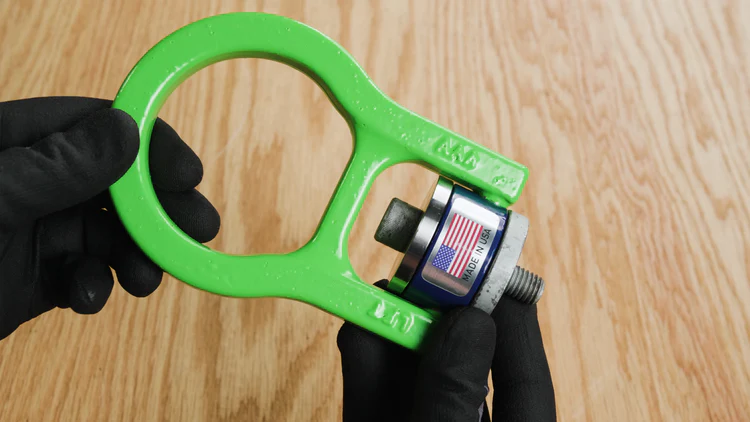
All components of the LFT Swivel Hoist Rings undergo rigorous testing using the Resonant Acoustic Method to ensure they are robust and ready for service. They feature a durable powder-coated paint finish over a GEOMET coating, offering superior corrosion resistance compared to traditional hot-dip galvanizing methods. Each LFT Hoist Ring bears an individualized serial number, load rating, torque specification, and part number. Most importantly, they are manufactured in the USA and boast an oversized forged alloy steel bail, which is individually load-tested to 200% of its rated working load limit.
For more details about how they function and their unique features, check out our Swivel Hoist Rings blog.
Selecting LFT Swivel Hoist Rings

Start by confirming the thread diameter, pitch, and depth of the object you plan to lift. LFT Swivel Hoist Rings come in thread diameters ranging from ¼†to 2â€, with thread lengths from ½†to 2 ½â€. They are available in both fine and coarse threads.
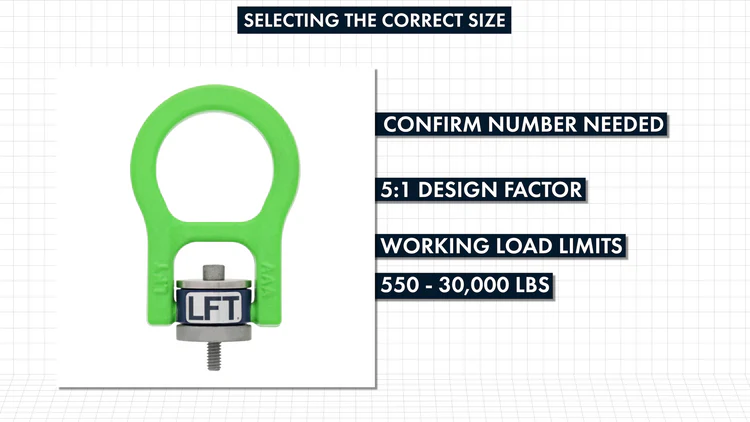
You’ll also want to verify the number of swivel hoist rings you’ll be using and the required working load limit. These swivel hoist rings have a 5:1 design factor and are available in working load limits from 550 to 30,000 pounds.
Lastly, ensure that the lifting assembly connections fit comfortably within the opening of the bail.
Installation and Operation of LFT Swivel Hoist Rings
Proper installation and operation of LFT Swivel Hoist Rings are crucial, as improper practices can lead to unsafe conditions and potential failures.
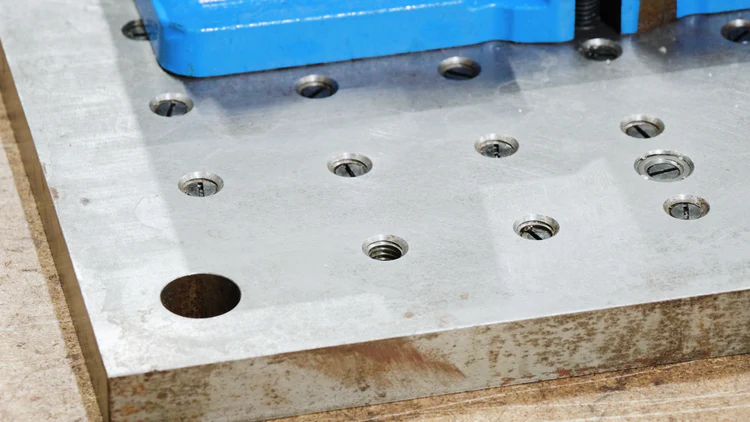
Before installing the LFT Swivel Hoist Ring, make sure the surface of the object is flat, smooth, and strong enough around the threaded hole where you’ll install the Swivel Hoist Ring. Full bushing contact with the surface ensures proper compression at the recommended torque.
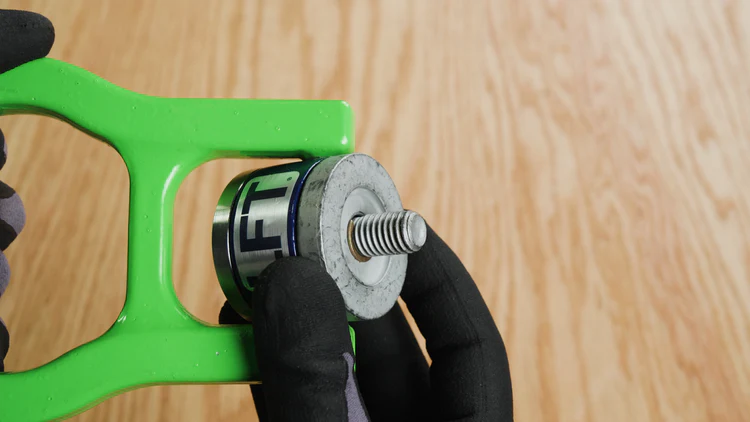
Ensure the threads are clean and dry. The recommended torque value is based on non-lubricated, debris-free threads.
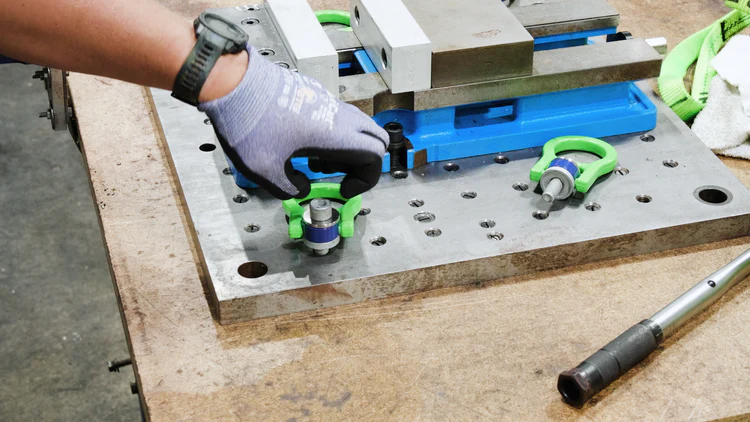
Once the surface is ready, lay the bail flat and begin threading the torque bolt until it’s hand tight.
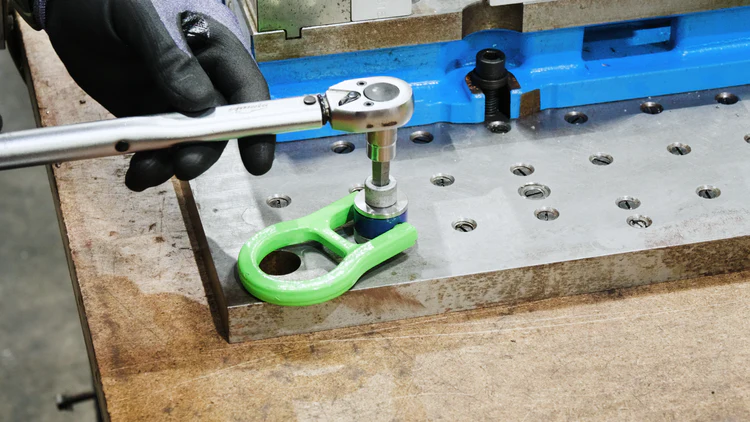
Grab your torque wrench and consult the recommended torque value for the pounds of force per foot needed for the swivel hoist ring. This information can be found on the swivel hoist ring itself and in the spec sheet on its respective product page. Begin carefully torquing the bolt until the torque wrench reaches the recommended tightening torque.
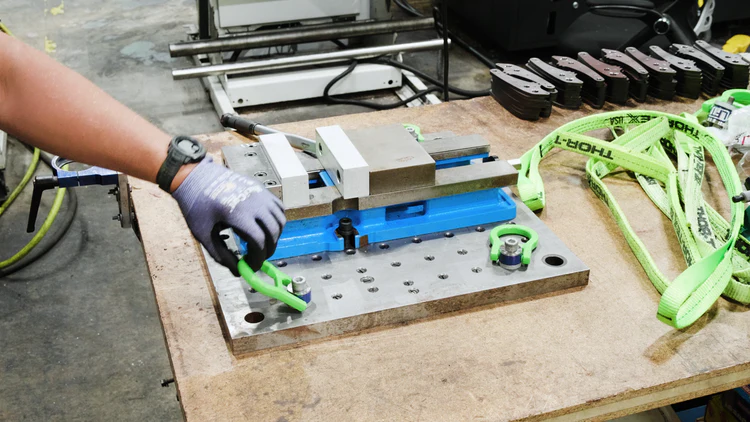
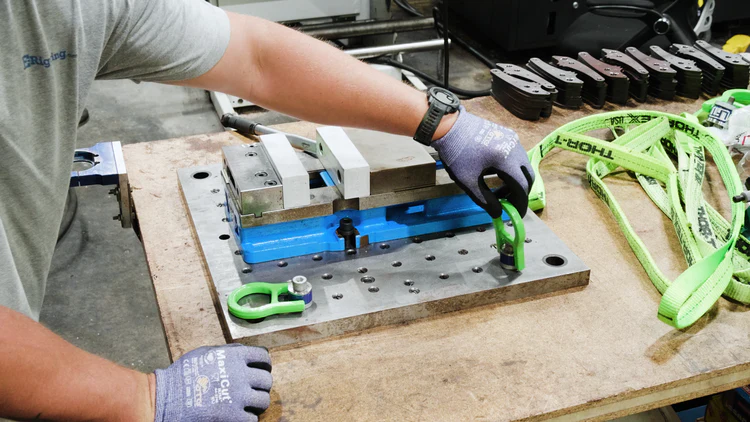
After installation, always check that the ring rotates and pivots freely in all directions. You’re now ready to attach and lift the object using the LFT Swivel Hoist Rings.
Operational Guidelines for LFT Swivel Hoist Rings
When lifting objects with LFT Swivel Hoist Rings, it’s essential to follow these guidelines to maintain a safe working environment.
Before lifting, thoroughly review our installation and usage guide.

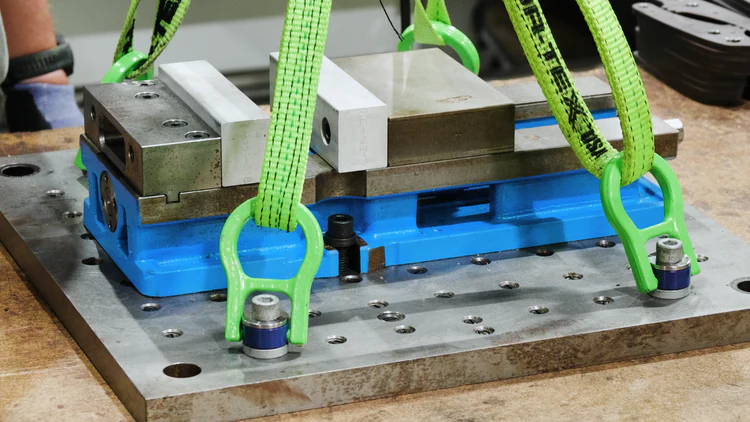
After applying the lifting assembly to the hoist ring, apply force slowly. Ensure the bail is aligned with the direction of the load and that there are no twists in the rigging assembly. Have spotters monitor all positions and be prepared to halt the process if the load begins to buckle.
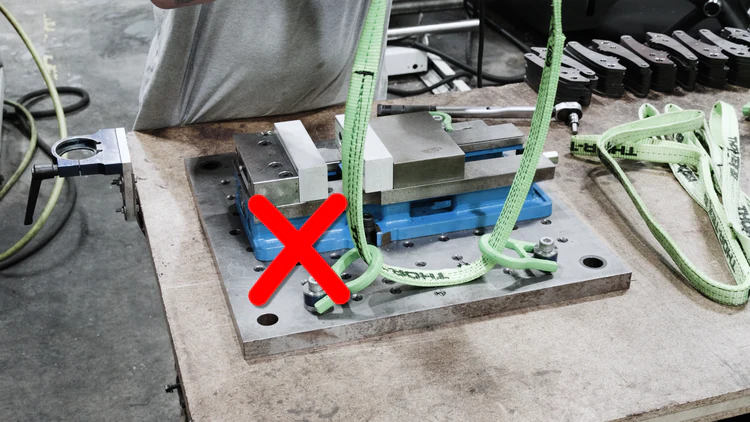
When attaching the lifting assembly, avoid “reeving†or feeding slings from one hoist ring bail to another.
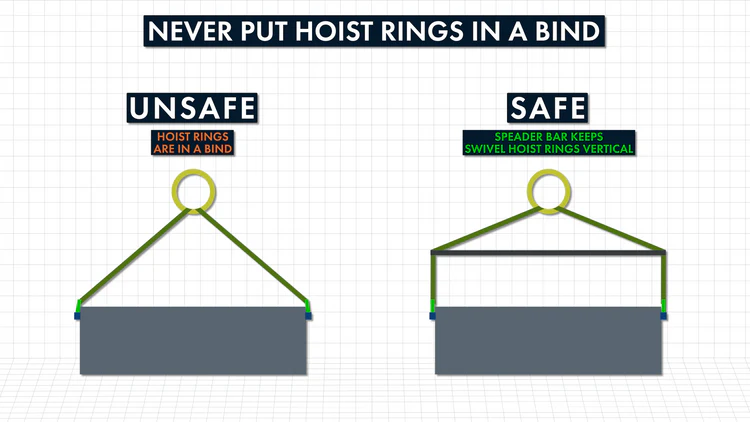
If you’re lifting an object from a side-mounted position with the rings at a 180-degree angle, use a spreader bar to prevent the rings from being bound against the edges of the object.
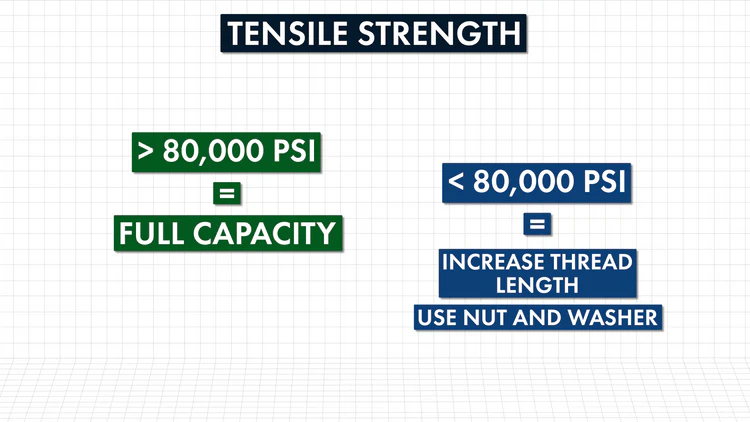
The material being lifted should have a tensile strength of at least 80,000 PSI for full load rating. For materials with lower tensile strength, increase the thread length or use a through-hole with a nut and washer on the opposite side.

Avoid placing a washer or spacer between the bushing and the surface of the object. The pre-installed washer on the LFT Swivel Hoist Ring is designed to work in conjunction with the other components at its rated working load limit.
For additional information on installation and usage, visit our detailed guide here.
Engineered Wood Flooring,Spc Flooring Cutting Tools,Spc Flooring For Libraries,Spc Flooring Sample Box
Changzhou Yingda New Material Co., Ltd , https://www.yingdaspc.com